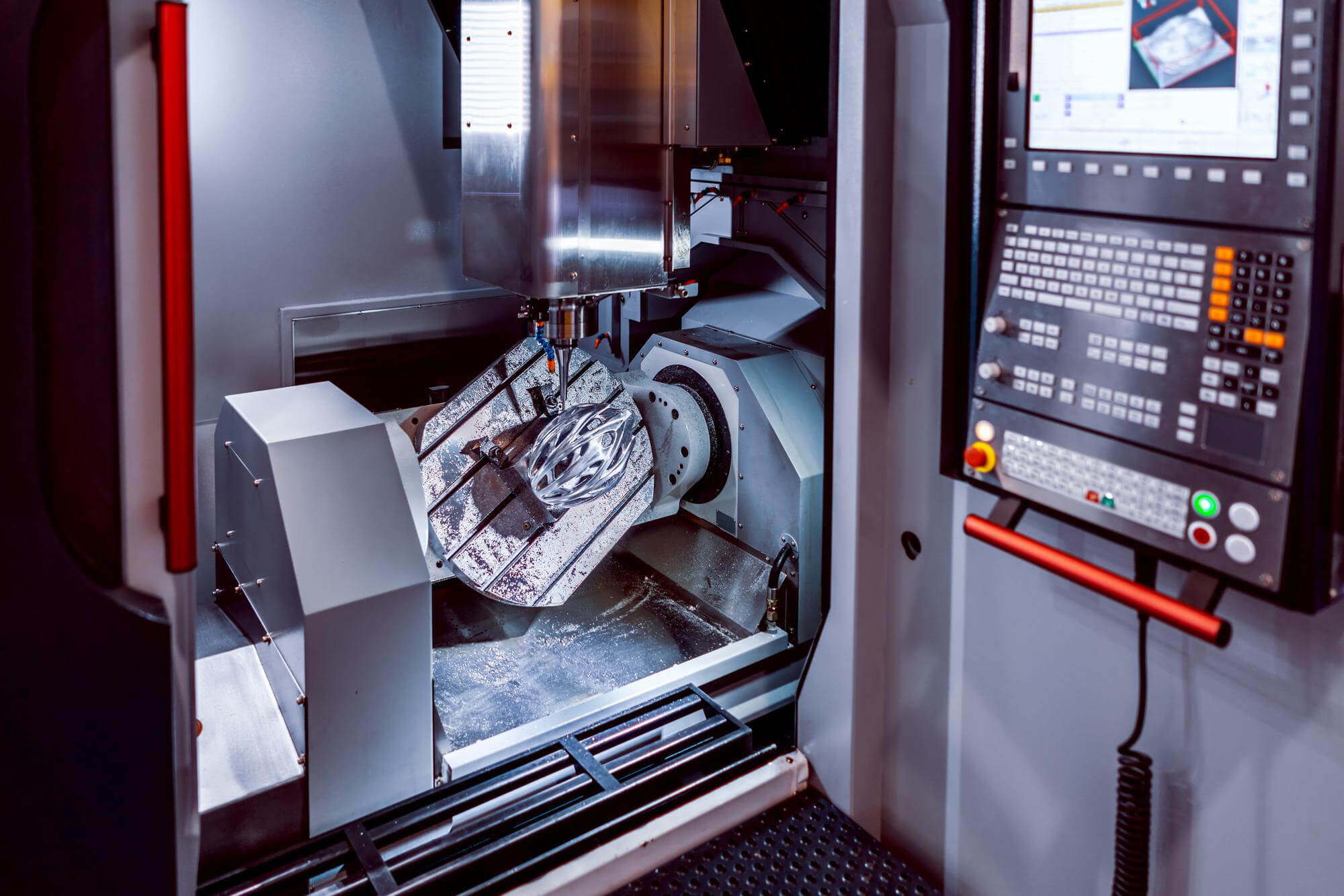When working with CNC machining parts, the basic functions of the control system are only the beginning. Just like optional features in cars, CNC systems come with a variety of optional features that can significantly enhance their functionality, efficiency, and precision. Let’s explore some of these optional features and understand how they can make a difference in CNC machining.
Graphic Display Function
One of the most useful optional features in CNC systems is the graphic display function. This feature allows operators and programmers to see the tool path on the screen before actual machining begins. Whether in black and white or color, this visual representation helps in verifying the tool’s movement and ensuring there are no errors in the program. The graphic display can show different tool paths using various colors or brightness levels, making it easy to distinguish between different operations. It also allows zooming in and out to evaluate the overall or specific tool movements, ensuring everything is set up correctly before starting the actual machining.
On-Line Measurement
For operations that require frequent inspection and adjustment of workpiece dimensions, the on-line measurement option is invaluable. This feature, often combined with probing devices and specific software, allows for real-time measurement and adjustment during machining. It helps maintain tight tolerances and compensates for tool wear or other factors that might cause deviations. Companies using on-line measurement typically also invest in other complementary options like tool life management and macros to fully leverage this capability.
Stored Travel Limits
To prevent collisions between the cutting tool and the fixture, machine, or workpiece, CNC systems can be equipped with stored travel limits. This feature allows defining a safe working area or space within the machine’s operating range. If the tool moves into a restricted area, the system will trigger an error and stop the program, preventing potential damage. Stored travel limits are particularly useful in complex setups where multiple fixtures or large workpieces are involved.
Direct Drawing Dimension Input
This feature simplifies the programming process by allowing operators to input dimensions directly from engineering drawings. Known coordinates, radii, chamfers, and angles can be entered directly into the CNC system, making the programming process faster and reducing the potential for errors. However, this option needs to be consistently available across all machines in a shop to ensure its effectiveness, making it a less common but highly valuable feature for certain operations.
Machining Cycles
Machining cycles, such as fixed cycles for drilling, reaming, and pocket milling, are essential for simplifying programming. These cycles reduce the need for detailed programming of every single operation, allowing for quick setup and execution of common machining tasks. For turning operations, multi-cycle functions can automate roughing, finishing, grooving, and threading, making the process more efficient and consistent. While most CNC systems offer these cycles, their availability and functionality can vary, so it’s important to understand the specific capabilities of your machine’s control system.
Cutting Tool Animation
Cutting tool animation takes graphic displays a step further by showing the shape of the workpiece, fixtures, and tools in motion during the program execution. This feature helps operators visually verify the program’s accuracy and identify potential issues before they occur in real life. Different colors can be used to represent different elements, enhancing clarity. This option is particularly useful for complex parts and assemblies, providing a clear and precise way to validate tool paths.
Connectivity with External Devices
Modern CNC systems often include connectivity options to link with external devices, such as computers and storage units. The most common interface is the RS-232 port, which facilitates communication between the CNC machine and external computers. This connectivity is used for program transfer, storage, and backup, ensuring that data is securely managed and easily accessible. In some cases, more advanced connections may be used, depending on the specific needs of the machining operation.
Conclusion
While the basic functions of CNC systems are powerful, the optional features can greatly enhance their performance and flexibility. By understanding and utilizing these options, CNC operators and programmers can optimize their processes, improve precision, and ensure greater efficiency. Whether it’s graphic displays, on-line measurements, stored travel limits, direct drawing dimension input, machining cycles, cutting tool animation, or connectivity with external devices, each feature brings its own set of advantages that can make a significant difference in the world of CNC machining.
Related Posts
- What are the requirements for CNC machining of bearing parts?
Bearings are common and important parts in the automotive industry, which can support transmission components and transmit torque. Generally, CNC machining centers are used to process bearing parts. So what…
- Evolution of Mills and Machining Centers: The Future of CNC Machining Parts
Stepping into the world of CNC machining, you quickly realize how pivotal mills and machining centers are in crafting precise parts. Over time, these machines have evolved significantly, transforming from…
- Aluminum CNC Machining Service for Custom Parts
Aluminum CNC machining stands at the forefront of modern manufacturing, epitomizing precision, versatility, and efficiency. With its widespread applications across industries ranging from aerospace to automotive and beyond, aluminum CNC…
- Smart Choice for CNC Machining Parts: Comprehensive Analysis of Horizontal Machining Centers
When it comes to CNC machining parts, the type of machining center you choose can significantly impact the efficiency and quality of your work. Horizontal CNC machining centers (HMCs) are…
- Precision CNC Machining of Steel: High-Volume Production
Precision CNC Machining and High-Volume Production As an integral part of modern manufacturing processes, Precision Computer Numerical Control (CNC) machining brings about unmatched accuracy and consistency in the production of…
- Nickel Alloys in CNC Machining: Inconel 718 vs. Monel K-500 for Aerospace and Marine Applications?
Introduction to CNC Machining and Nickel Alloys Computer Numeric Control (CNC) machining is a pivotal process in the manufacturing industry, using pre-programmed computer software to dictate the movement of factory…








